The post-COVID landscape is fraught with competition between brands. Businesses with compelling messaging and impactful marketing can identify with their audience and stand head and shoulders above their competition – so long as they know which strengths and goals to amplify, of course. Brand amplification lets you attract more customers and bring together your existing ones, and it’s the key to building long-lasting brand loyalty and customer relationships.
Brand amplification done right makes lasting first impressions on your customers and keeps people thinking about your brand long after you make that great first impression.
Sounds great, right? We think so, too.
To that end, let’s cover what brand amplification is, why it’s so important, how to amplify your brand with billboards, and how to measure your brand amplification.
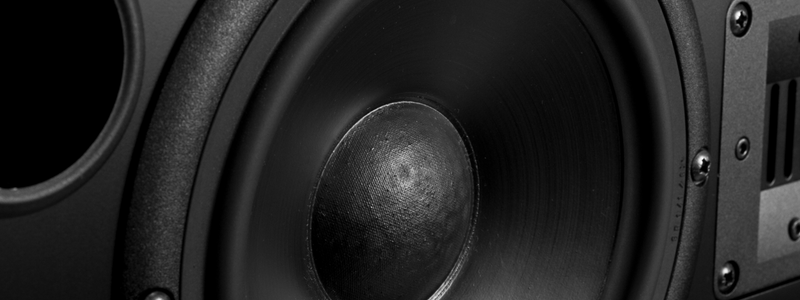
Brand Amplification: What It Means and Why You Need It
Let’s face it: these days, people who engage with a brand are looking for more than just industry-leading services and products. They’re looking for brands that share similar values and promote those values genuinely.
Why? Because it’s easier for a prospective customer to connect with (and trust) an organization that lives out its values authentically. Brand amplification communicates the heart of your brand by highlighting its values, stories, and core message.
Think about what makes your brand stand out from its competitors, what makes it unique, and why what it does is meaningful. These insights are the stepping stones to successfully amplifying your brand. The more insights you have into the core of your brand, the easier you can convey authentic, compelling stories to your audience.
By now you may be wondering, “Do I really need brand amplification to be competitive?” If you want to build an experience that’s consistent across your customer touch-points, then the answer is a resounding “Yes!”
A well-thought-out, articulated strategy for your brand benefits more than just your audience. The most effective brand strategies give your staff members and third-party agencies a brand hierarchy that lets them establish consistency across customer touch-points. From the typeface on your website’s landing page to the logo you use on all your products, articulated brand strategies impact all your key assets.
Above all, though, brand amplification defines the type of business you want to build. It identifies the type of people you want to employ, the values you stand behind, and, of course, the values you adamantly oppose.
Now that you know a little bit more about brand amplification and why it’s so important to have, it’s time to dig into the nitty-gritty of actually amplifying your brand: let’s dive into some ways you can amplify your brand using billboards.
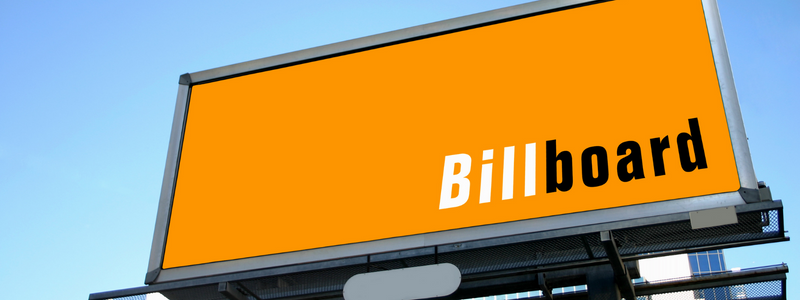
How to Amplify Your Brand with Billboards
In today’s hyperconnected world, it’s true that ads on social media tend to dominate the marketing landscape. The popularity that social media ads enjoy may lead some to believe that billboards are no longer a viable form of marketing – this couldn’t be farther from the truth!
Whereas social media ads are often complex and sometimes vague and ambiguous, billboards are reliably straightforward and simple. There are plenty of ways to build a billboard campaign that’s effective and impactful, but we’ve picked a few tips that you simply can’t go without when using billboards for brand amplification.
1. Keep things simple
When designing a billboard, it can be tempting to cram as much info as possible onto your billboard. After all, you’ve got a lot to say about your brand, right? As great as it is to be passionate about your messages and values, though, too much content on one billboard can make it tough to distill your brand down into a single image.
Rather than include as much content as possible, it’s best for your billboard to concisely convey what your brand can do for its customers. What do you have that your target audience may be searching for? Is there info you think may intrigue someone to find out more about what you offer? These are the questions to keep in mind when building out your first billboards – just remember to keep everything as simple as possible.
2. Use geography to your advantage
When it comes to getting your billboards in front of more interested eyes, geography is your best friend. You’ll want to determine your target audience’s most common locations and habits so that you can get more eyes on it quickly.
If your target audience is mostly in a smaller geographical area, you may also want to consider using locally relevant billboards to get impactful results. Thinking of running a billboard campaign to target an audience in San Juan, for example? Try weaving in something unique to the city that may not resonate as well with the rest of Puerto Rico.
3. Use digital billboards for more dynamic marketing
As much as we love the simplicity and reliability that traditional billboards offer, there’s something to be said about the flexibility that digital billboards provide. Digital billboards let your marketers make things more dynamic since they can run different designs during different times of the day. Want to display one design during the early morning and another after the sun sets? Digital billboards have you covered.
Digital boards are particularly handy if you’re still tinkering with brand logos and product images. You can take a couple of risks using different designs without having to double down on a single board design that’s tied to your marketing budget.
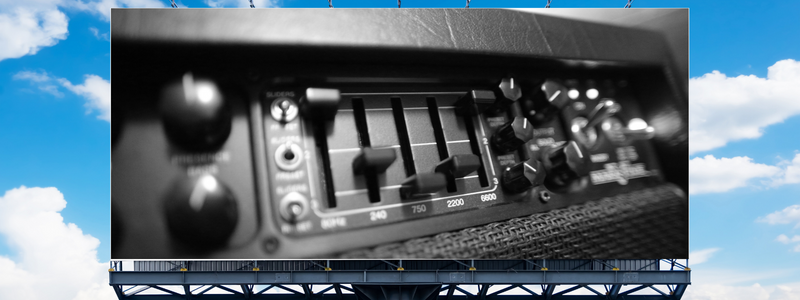
Measuring Your Brand Amplification
Don’t forget that once you’ve taken the above tips to heart, you’ll want to start measuring how successful your brand amplification is. We recommend that you keep an eye on spikes and dips in your website traffic, the number of shares and comments you get on your social channels, and increases in customer phone calls. You can use tools like Google Analytics to monitor the bounce rates on your website’s pages and Facebook to monitor your audience engagement and tie that engagement to recent posts you’ve shared.
Successful brand amplification doesn’t happen overnight; realistically, you can expect to spend at least a couple of months settling into a rhythm and locking down a brand voice you like. Once you find your groove, however, we guarantee that you’ll begin building trust and recognition among your target audience!



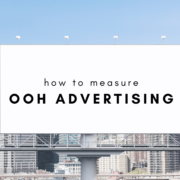
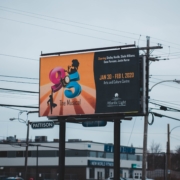
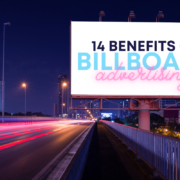


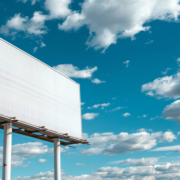

 787 792 4113
787 792 4113
